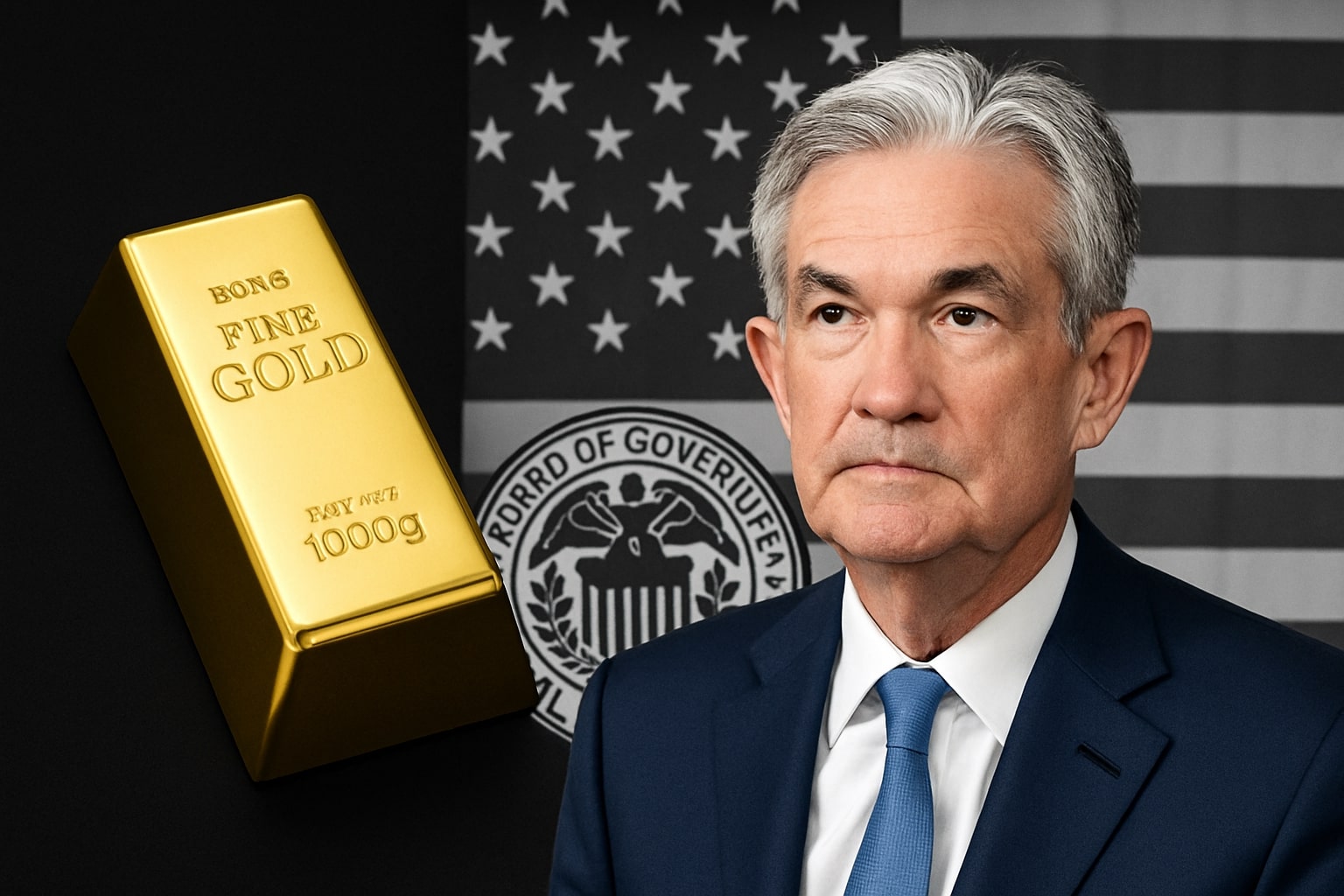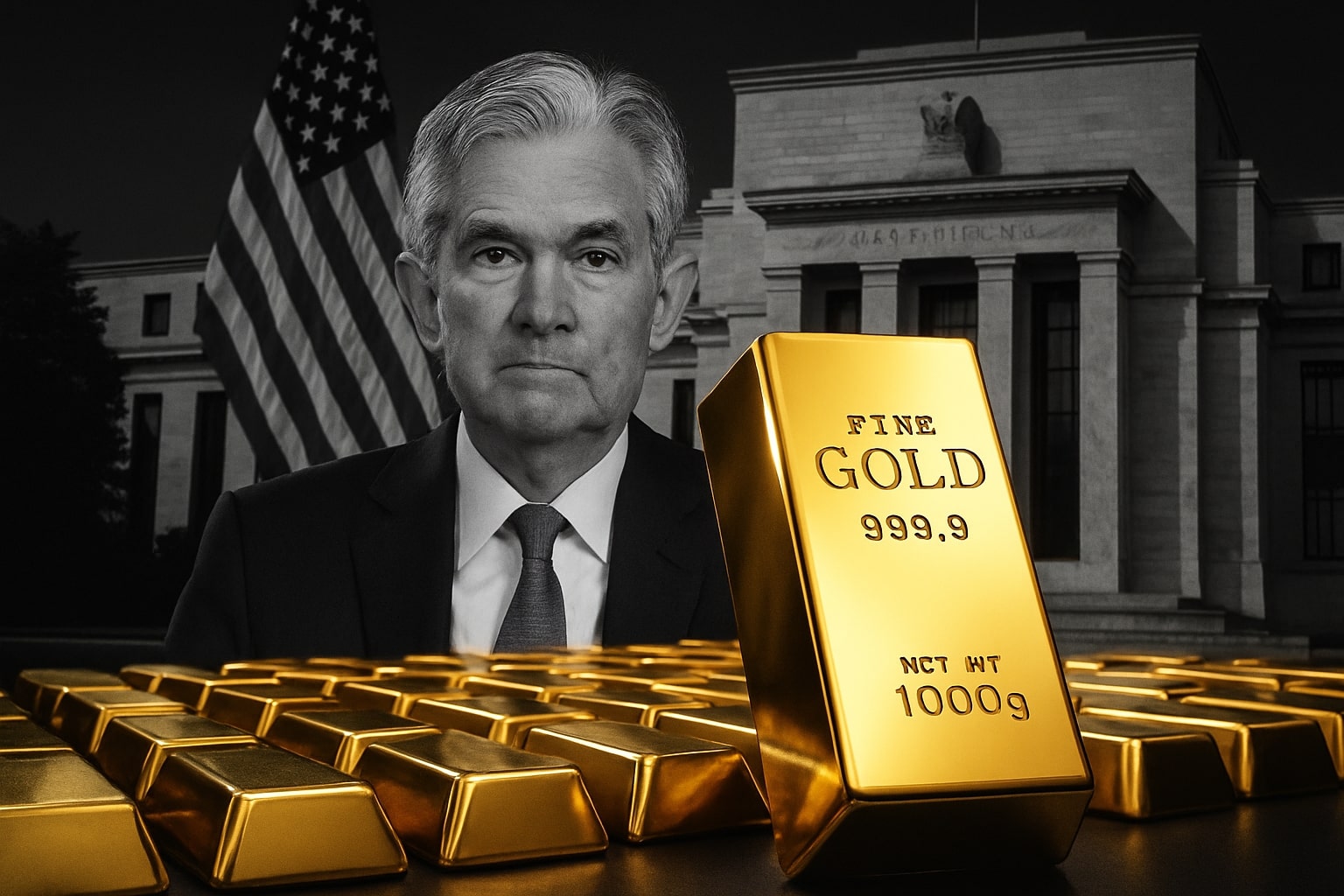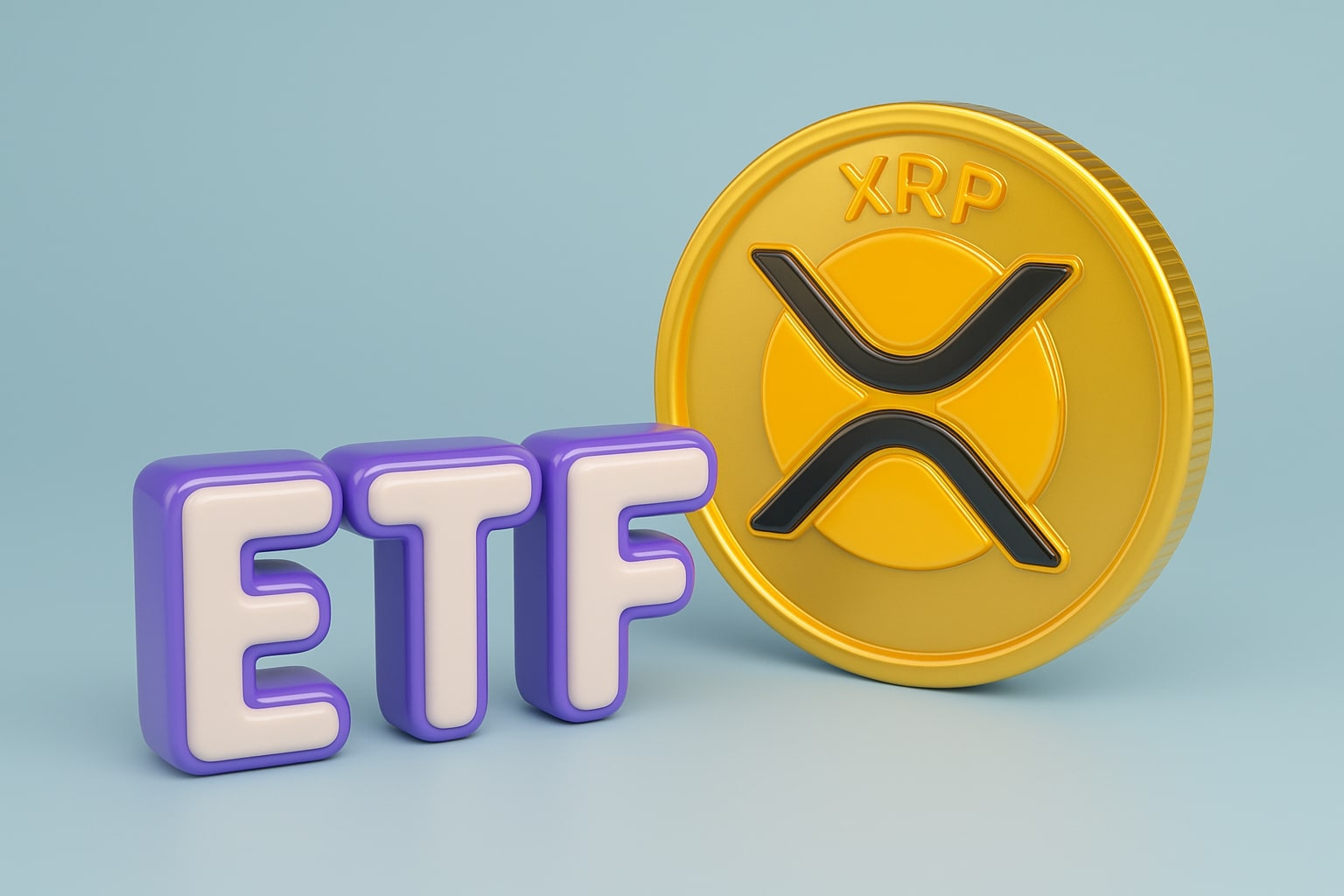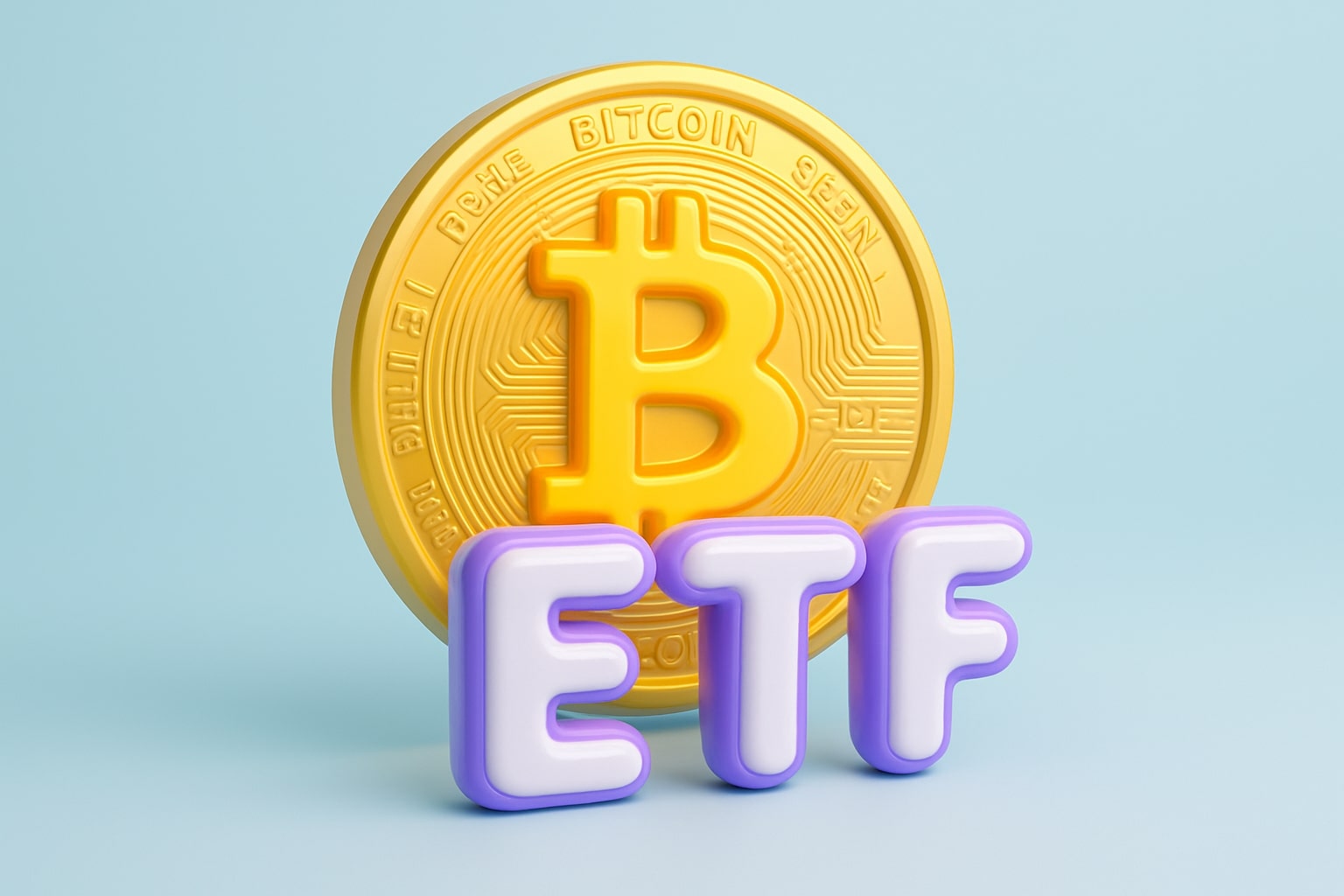
Gold Price Forecast - XAU/USD Explodes Past $4,000
With XAU/USD trading near $4,065 and ETF inflows topping $64B, gold posts its eighth straight weekly advance as investors hedge against political chaos, a weaker dollar, and historic policy uncertainty — positioning the metal for $4,580 before year-end | That's TradingNEWS
Gold (XAU/USD) Extends Explosive Rally Beyond $4,000 as Global Uncertainty and Central Bank Demand Reshape the Market
Gold (XAU/USD) has surged past the historic threshold of $4,065 per ounce, setting its 40th record high in 2025, as investors worldwide accelerate into the metal amid geopolitical tension, monetary easing, and collapsing confidence in fiat assets. Spot prices traded around $4,044.78, with December futures reaching $4,072, marking a doubling from levels seen just two years ago. This year alone, gold has risen by more than 54%, outpacing all major asset classes and registering its sharpest annual advance since the 1970s. The rally reflects not only fear-driven buying but a structural transition in global reserve and investment strategies as gold cements its role as both a defensive and growth asset in multi-cycle portfolios.
Trump’s Tariff Escalation and Fed Pressure Trigger a New Era for Gold
The relentless ascent in gold began accelerating in April 2025, coinciding with President Donald Trump’s reimplementation of sweeping tariffs that destabilized global trade flows. His repeated attacks on the Federal Reserve, including open criticism of Chair Jerome Powell and attempts to dismiss Governor Lisa Cook, have ignited investor fears over central bank independence. This political intervention, coupled with a U.S. government shutdown now extending into its second week, has paralyzed economic reporting and spurred defensive positioning across global markets. Every unresolved policy battle in Washington has become fuel for the gold market, which climbed another 4% during the shutdown period, mirroring behavior seen during Trump’s first term. As inflation expectations edge higher and trust in monetary stability erodes, gold’s trajectory has shifted from a short-term hedge to a long-term institutional allocation.
Japan’s Shock Stimulus and European Political Chaos Drive Capital into Gold
Gold’s latest breakout above $4,000 was accelerated by Japan’s political upheaval after Sanae Takaichi secured leadership of the Liberal Democratic Party, pledging massive deficit spending, tax cuts, and household subsidies. Her win sent the yen tumbling to a 13-month low, pushing investors to seek refuge in gold as the next global reserve anchor. Meanwhile, in Europe, France’s leadership vacuum following Prime Minister Sébastien Lecornu’s resignation and a fragile coalition government have further undermined market confidence. At the same time, the Bank of England’s Financial Policy Committee warned that valuations in AI-linked U.S. tech stocks were “comparable to the dot-com bubble,” amplifying rotation toward hard assets. In this context, gold’s simultaneous rise alongside equity indices—particularly the S&P 500 (6,749) and Nasdaq (22,999)—marks a paradigm shift. Gold is no longer moving inversely to risk but thriving as a cross-cycle allocation asset that investors hold through both panic and euphoria.
Central Banks Set Record Demand as ETFs Add $64 Billion in New Inflows
The true engine of this bull market has been the aggressive accumulation of gold by central banks, which purchased more than 1,000 tonnes annually since 2022—double the decade average of 481 tonnes. China, Poland, India, and Turkey have led this global diversification away from the U.S. dollar and Treasuries, marking what analysts call a “structural remonetization” of gold. In parallel, exchange-traded funds (ETFs) have seen inflows of $64 billion year-to-date, their largest annual increase since 2020. The World Gold Council reports that September alone brought the biggest monthly ETF inflow in over three years, as both retail investors and institutions chase exposure. Strategists like Lina Thomas of Goldman Sachs call this “a generational portfolio recalibration,” where sovereign reserves and fund managers are converging on the same inflation hedge. With central banks holding a collective 38,000 tonnes of gold, and ETFs commanding another 3,300 tonnes, the supply pipeline has tightened drastically—fueling a supply-demand imbalance unseen since 2011.
Technical View: XAU/USD Completes Eight Straight Weeks of Gains
The technical setup of XAU/USD underscores how the market remains deeply bullish. Gold has notched eight consecutive weekly gains, its longest winning streak since 2019, with momentum oscillators maintaining overbought readings but showing no divergence. Immediate resistance is established between $4,084 and $4,113, corresponding with the 100% Fibonacci extension of the November rally. A breakout above this zone could open the path toward $4,308 and then $4,583, where the 1.618 extension from the December 2023 impulse sits. On the downside, the monthly open near $3,859 serves as primary support, backed by secondary stabilization around $3,782 and $3,666. Momentum remains firmly in bull control, with traders citing that dips under $3,900 have repeatedly triggered rapid rebounds as central bank bids absorb liquidity.
Monetary Easing Expectations and Dollar Weakness Reinforce Gold’s Rally
Market pricing now reflects a 95% probability of another 25-basis-point Fed cut by year-end, with futures implying a second one in December 2025. The shift in policy outlook has driven 10-year Treasury yields down to 3.89%, while real yields sit near 1.3%, amplifying gold’s appeal over cash and bonds. The Dollar Index (DXY), while up 0.3% this week to 98.65, remains 9% lower year-to-date, underlining the erosion of fiat confidence. This decline, paired with slowing inflation data and persistent fiscal deficits, has re-established gold’s status as the default alternative currency. Billionaire Ray Dalio described the current environment as “a mirror of the late 1970s,” advising institutional portfolios to maintain 15% exposure to gold to offset systemic risk. The shift in sentiment has led to simultaneous buying by sovereign funds, pension portfolios, and even technology-focused hedge funds seeking to hedge against AI-driven equity overvaluation.
Read More
-
PFFA ETF Nears $21.50 as Rate Cuts and 9.49% Yield Spark Renewed Demand
29.11.2025 · TradingNEWS ArchiveStocks
-
XRPI and XRPR ETFs Ignite Ripple’s Institutional Rally as Inflows Near $1B and XRP Holds $2.20
29.11.2025 · TradingNEWS ArchiveCrypto
-
Natural Gas Price Forecast - NG=F Blasts to $4.85 as Demand Surge Fuel Multi-Month Breakout
29.11.2025 · TradingNEWS ArchiveCommodities
-
USD/JPY Price Forecast - Yen to Dollar Slides to 156.10 as Yen Strengthens on Fed Cut Expectations
29.11.2025 · TradingNEWS ArchiveForex
Macro Decoupling: Gold and Stocks Rally in Tandem
Historically, gold surged when equities fell—but 2025 has rewritten that rule. Both gold and the S&P 500 reached record highs this week, revealing a fundamental decoupling between asset classes. This pattern indicates that gold is evolving from a counter-cyclical hedge to a core performance asset. Analysts attribute this dual rally to liquidity-driven markets, where low yields, algorithmic trading, and excess cash push flows into every perceived scarcity asset—whether it’s gold bars or AI stocks. As Tim Waterer of KCM Trade explained, “Gold’s rise is now less about fear and more about optimization. It’s the new baseline for institutional allocation.” This new dynamic makes gold sensitive not only to inflation and policy risk but also to speculative enthusiasm, aligning its performance with liquidity cycles rather than panic cycles.
Historical Parallels and Volatility Landscape
The current price surge bears resemblance to the 1979-1980 supercycle, when gold rocketed from $200 to $850, as well as the 2020 pandemic breakout that sent prices above $2,000. However, today’s rally is broader in participation and backed by multi-sector demand. The Relative Strength Index (RSI), after peaking at 81, now rests near 73, suggesting consolidation rather than exhaustion. Traders remain cautious of short-term pullbacks if the U.S. shutdown ends abruptly or if Fed officials signal reluctance to cut rates further. Yet any decline toward $3,850–$3,900 is likely to trigger aggressive re-entry from both central banks and retail ETFs. Analysts such as Christopher Wong of OCBC note that gold’s role has shifted: “The hedge is no longer against crisis alone—it’s against policy missteps, structural debt, and currency credibility.”
Political Premium and Trump’s Influence on Gold’s Valuation
The “Trump Premium” has emerged as a quantifiable driver of gold prices. Since April, gold has climbed by roughly 30%, an estimated $400–$500 per ounce higher than its pre-election valuation models would imply. Investors are assigning this premium to uncertainty over Trump’s monetary policy direction, ongoing tariff escalations, and threats of replacing Fed leadership. The resulting policy volatility has aligned with record inflows into gold derivatives and physical allocations by institutional funds seeking to hedge exposure to U.S. governance risk. Combined with international instability—from Japan’s stimulus to European unrest—this has created a rare synchronized bid for gold across continents, reinforcing the metal’s global reserve status.
TradingNews Verdict: Gold (XAU/USD) – STRONG BUY (Structural and Tactical)
With gold maintaining an unbroken eight-week rally, ETF inflows topping $64 billion, and central banks buying over 1,000 tonnes annually, the market’s foundation is as strong as it has been in decades. Real yields are compressing, the dollar remains weak, and institutional liquidity continues to migrate toward tangible assets. Technical charts point to near-term resistance at $4,100, but momentum suggests a sustained move toward $4,300–$4,580 before year-end. TradingNews assigns Gold (XAU/USD): STRONG BUY – short-term target $4,300; long-term target $4,900, supported by record structural demand, dovish central bank policies, and the erosion of fiat confidence. Gold is no longer a defensive asset—it has become the world’s strategic benchmark for value preservation and power projection.



















